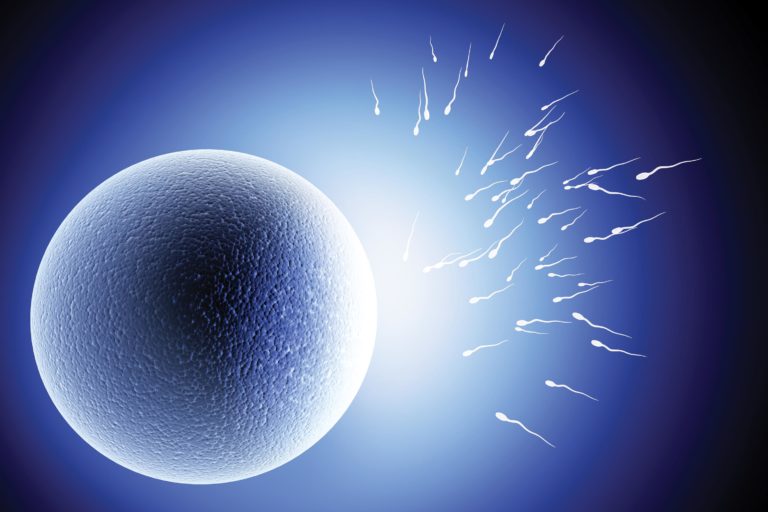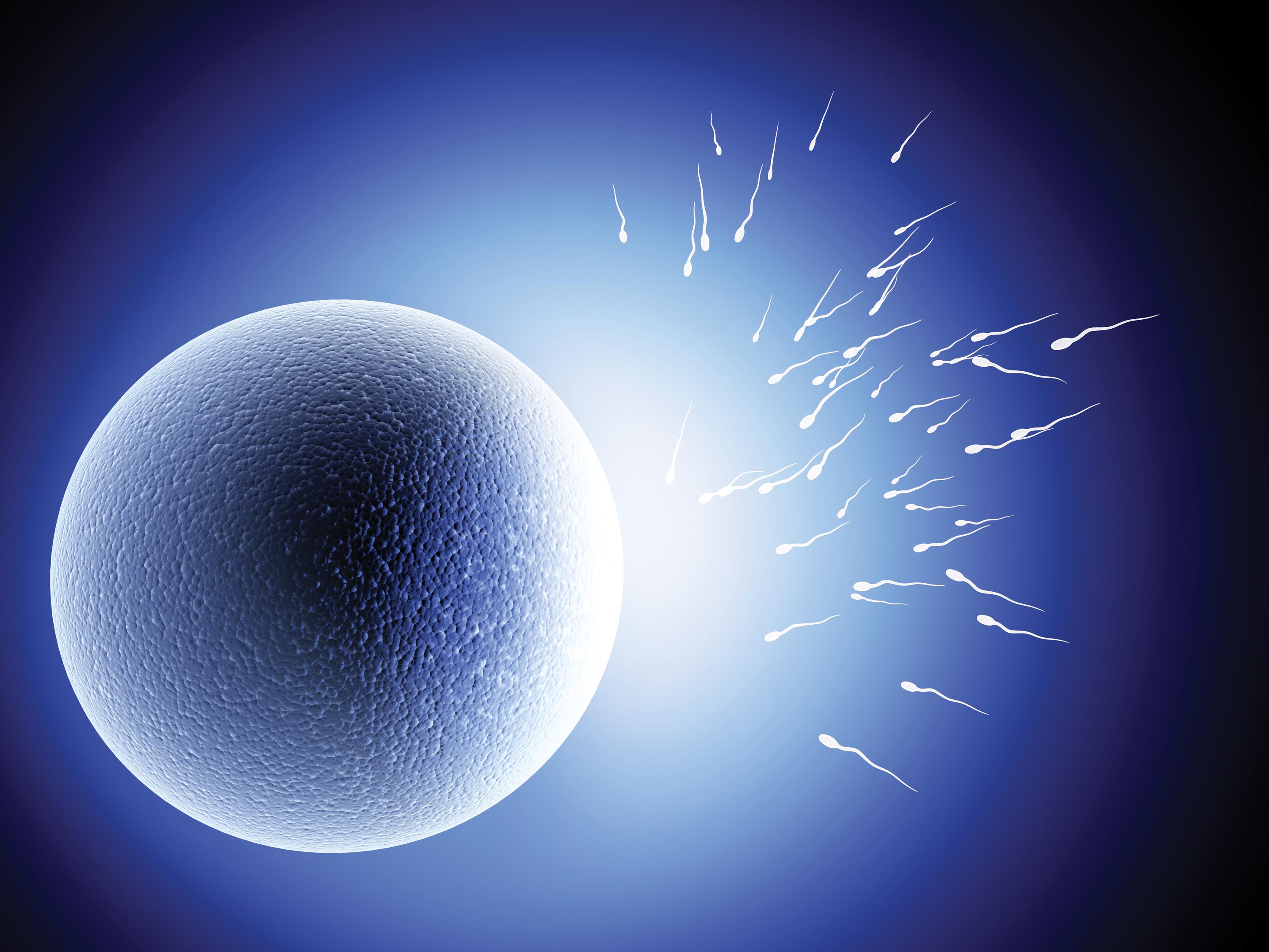UNCATEGORIZED
IVF IN SIGHTS

WORDS: PHOTOGRAPHY
While originally used for the treatment of blocked fallopian tubes, IVF has rapidly evolved to treat all infertility. This rapid evolution has allowed medical specialists to assist in the long-term management of many genetic disorders.
Using sophisticated technology, Pre Implantation Diagnosis (PGD) gives hope to people who have a history of inherited disease in their family as now, almost any inherited disease can be diagnosed before the embryo is implanted.
While the first successful birth utilising IVF was in 1978, PGD was not generally available until the 1990s and was initially used in testing for common gene disorders such as cystic fibrosis, haemophilia or thalassaemia.
The rapid advancement of technology in this field now enables testing for more complex abnormalities such as the BRCA breast and ovary cancer gene that was brought to the worlds attention when Angelina Jolie talked about her double mastectomy as a preventative measure after discovering she carried this hereditary gene.
Obstetrician and Fertility Specialist, Dr Michael Flynn says PGD is using technology to fight disease at its very beginnings. “The type and range of disorders able to be tested have mushroomed. It is now even used to improve the chances of full-term pregnancy in women who have experienced multiple miscarriage,” Dr Flynn explains. “We can do this by diagnosing the chromosomal anomalies associated with miscarriage before the embryo implants.” This may also be an option to assist women who have delayed starting a family and age can be a factor in chromosomal abnormalities.
Dr Flynn continues, “PGD uses standard IVF technology where the embryos grow for five days in the laboratory. After day five, each embryo is biopsied and then frozen while awaiting the biopsied cells to be tested. Once the results have established the embryo is unaffected by the genetic disease, the embryo is thawed and returned to the womb. Additional embryo’s can remain frozen and stored for future pregnancies if the patient desires. PGD and related technology now means that many of the genetic disorders of this generation can be stopped in their tracks.
Rachel’s* story
“My brother is affected by Fragile X, as is my uncle, my cousin and so was my nephew. I found out I was a Fragile X carrier when I had a blood test at 12 and further testing before I married confirmed it once more. I decided early on that I did not want to have a baby with the genetic disorder Fragile X. It’s not that I couldn’t love a child with a disability, I was just really honest with myself about the lives I hoped my children would have. So when we heard about pre-implantation genetic diagnosis (PGD) IVF it seemed like the answer to our problems. By testing the embryo before it was inside me we could alleviate the risk.
*name has been changed










